The Pleasures of Handplanes
Icannot think of anyone who has made a shaving with a plane and not been seduced by the sight, sound, and feel of the shaving emerging from the top. It is a tool of enormous satisfaction. However, it is far more than the pleasure of using a plane that makes it important. The handplane quickly and effectively does things other tools cannot. Power tools have redefined and often supplanted the handplane’s traditional role, but have not replace it. Understanding the handplane (how to set it up, fine-tune it, and adjust and modify its anatomy) and the variety of jobs it handles increases options for work and efficiency and improves results, allowing you to experience the satisfaction this essential tool brings.
Getting Started with Handplanes
With this book and a well-chosen and correctly maintained set of planes, you will be able to handle any type of wood in every woodworking situation.
In addition to extending the range of projects you can tackle, the handplane is demonstrably faster for some tasks.
~ Scott Wynn
Amachine might best accomplish a repeated task (you decide how many justifies automation), but hand tools can efficiently assist or accomplish short runs, one-of- a-kind pieces, prototypes, and variations on a theme. I find one of the main advantages to a proficiency with hand tools is fewer limitations in the types of projects I am able to tackle—projects otherwise too small or too big, projects too complex, and projects whose form is evolving even as they’re being produced. Even if you are working in production or large millwork situations, handplane skills can be a godsend.
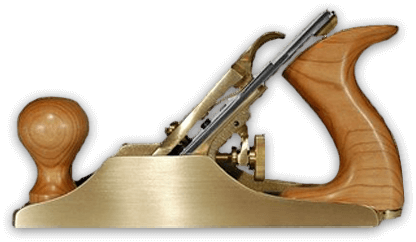
In addition to extending the range of projects you can tackle, the handplane is demonstrably faster for some tasks, including smoothing small parts. A well-set handplane can smooth a side of a leg, for instance, smoother than 1,000-grit sandpaper in two or three strokes, with none of the rounding or waviness you might get with sanding. A few strokes of a handplane can likewise remove the saw marks and tearing you get on end grain. A follow-up of a few strokes with 220-grit sandpaper and you get quick, baby-bottom smoothness. The best tool to remove snipe and power-planer variations is the handplane, as its flat sole flattens the board in removing the snipe. It is fast, and it is accurate.
Handplaning Provides a Better Surface
The results you get with a handplane are different from those with sandpaper. Assuming the blade is correctly shaped, a handplaned piece is going to be flatter and straighter than all but the work produced with the best wide-belt sanders. Less expensive wide-belt sanders can leave ripples similar to a planer. Belt and orbit sanders leave a gently wavy surface like calm water that shows up especially after applying finish, on horizontal surfaces. If you have a flat-grain piece, say in oak pine, sanding removes more softer spring growth than denser late-season growth, resulting in a gently rippling surface following the grain. This will not happen with a handplane. Power sanding, particularly with the random-orbit sander, tends to slightly round over work in general, but especially smaller pieces, sometimes giving the work a doughy look. Handplaning also provides a better surface for gluing.
Surface Quality of Hand-planing
Besides the difference in surface quality, there is a subtle but palpable differences in the look and character between pieces shaped and smoothed by edge tools and those prepared by sanding. The crispness and flow suggestive of the sweep of the cutting edge is not present in work abraded to shape. That is an important and critical lesson for woodworkers. This is not to say one or another piece would be inferior, but there are differences in the look and feel of the piece. Understanding the difference helps you choose the correct tool.
Other Titles from Scott Wynn
Discovering Japanese Handplanes
Learn how to choose, set up, maintain, and use Japanese handplanes to achieve stunning results.
Woodworker's Guide to Handplanes
A technically rich analysis and evaluation of every handplane style in the world and how to maintain them for optimum performance.
Get Exclusive Email Offers And Receive 15% OFF On Your First Book Order!
For more woodworking, woodcarving, whittling and scroll saw titles visit foxchapelpublishing.com.


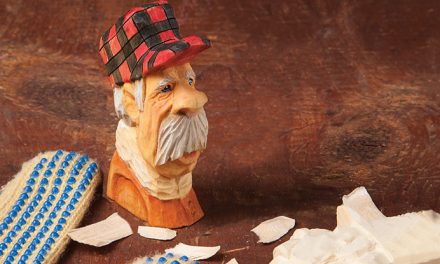

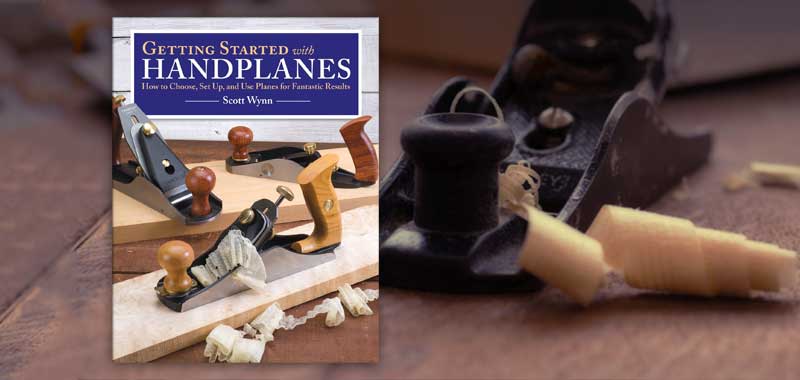
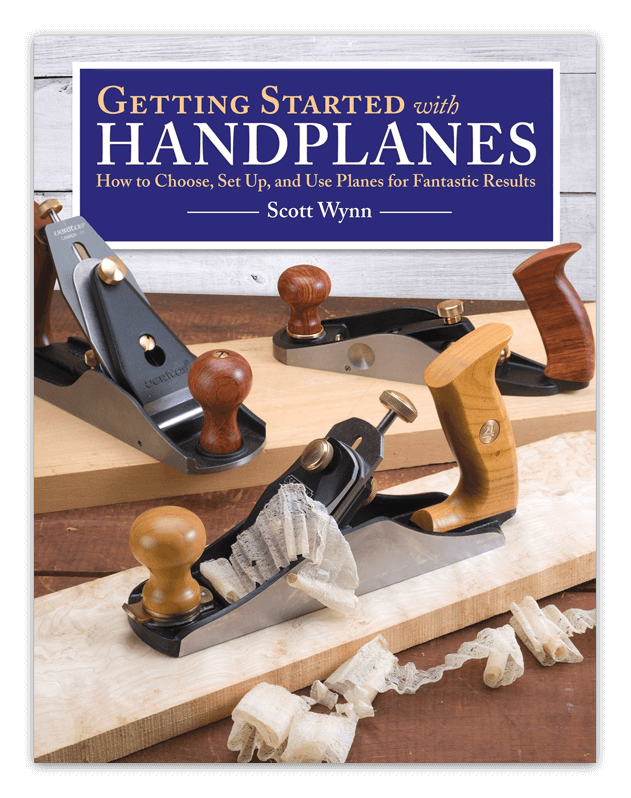
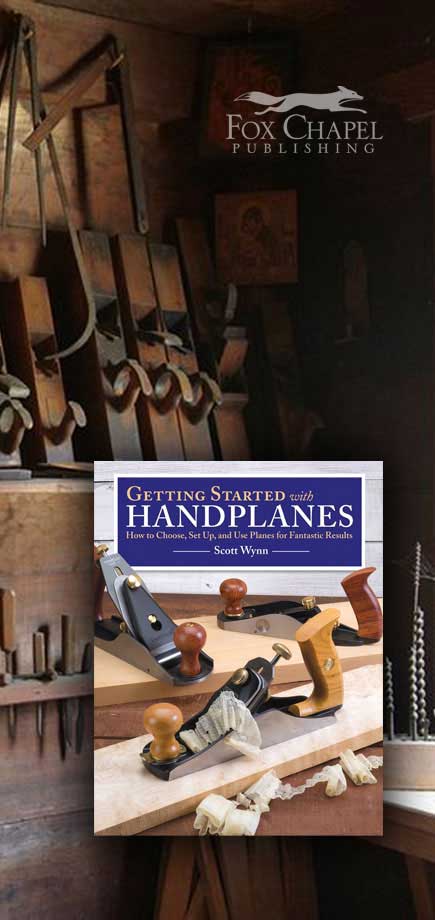
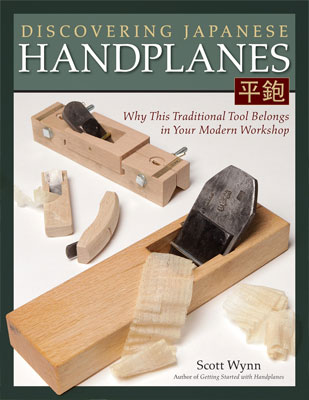
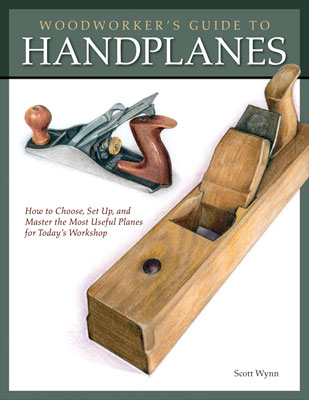

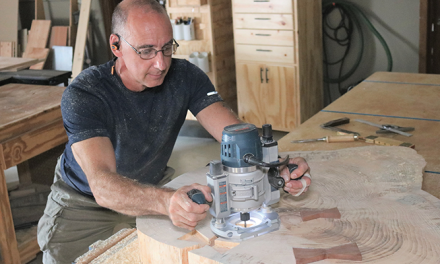
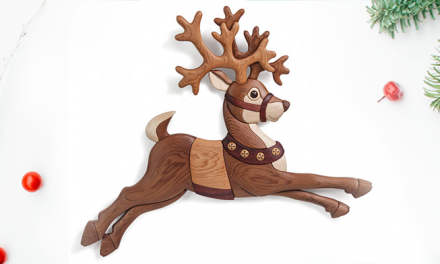

Recent Comments